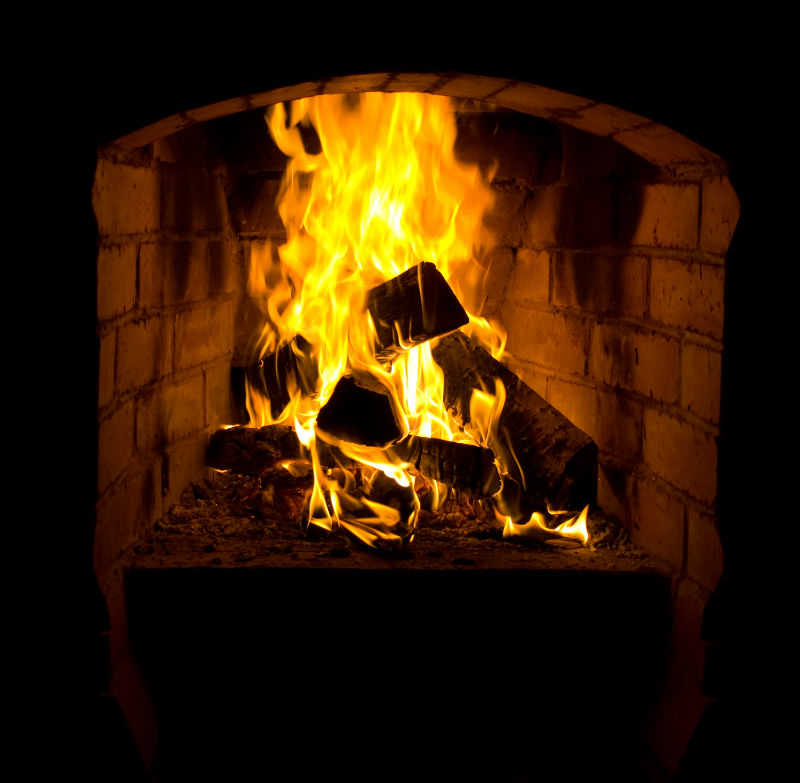

What To Do About Animals in Your Chimney
Each spring, animals from squirrels and raccoons to bats and birds look for the perfect place to build their nests. Often times, that “perfect place” turns out to be a chimney. If you hear the telltale sounds of scuffling animal paws, flapping wings or chirping in...
Gas Fireplace Tune-Ups and Cleaning
Gas fireplaces are a modern convenience. They give you the heat and ambiance of a traditional fireplace, without the hassle of building and maintaining a fireplace. They’re also cleaner, without the ash, soot and smoke of a wood-burning fireplace. Because of their...
Don’t forget to have your furnace flue swept
As a responsible homeowner, you know the importance of having your chimney and fireplace swept and inspected each year, usually in the fall before you light your first fire. What you might not know is that the annual sweeping and inspection of your furnace flue is...To Remove or Not Remove Ash
Any homeowner with a wood stove or fireplace is faced with the problem of ash removal. If you’re burning wood, you’re going to have to deal with ash. The actual amount of ash that’s generated will be determined by the type of wood you burn (hardwood or softwood) and...
